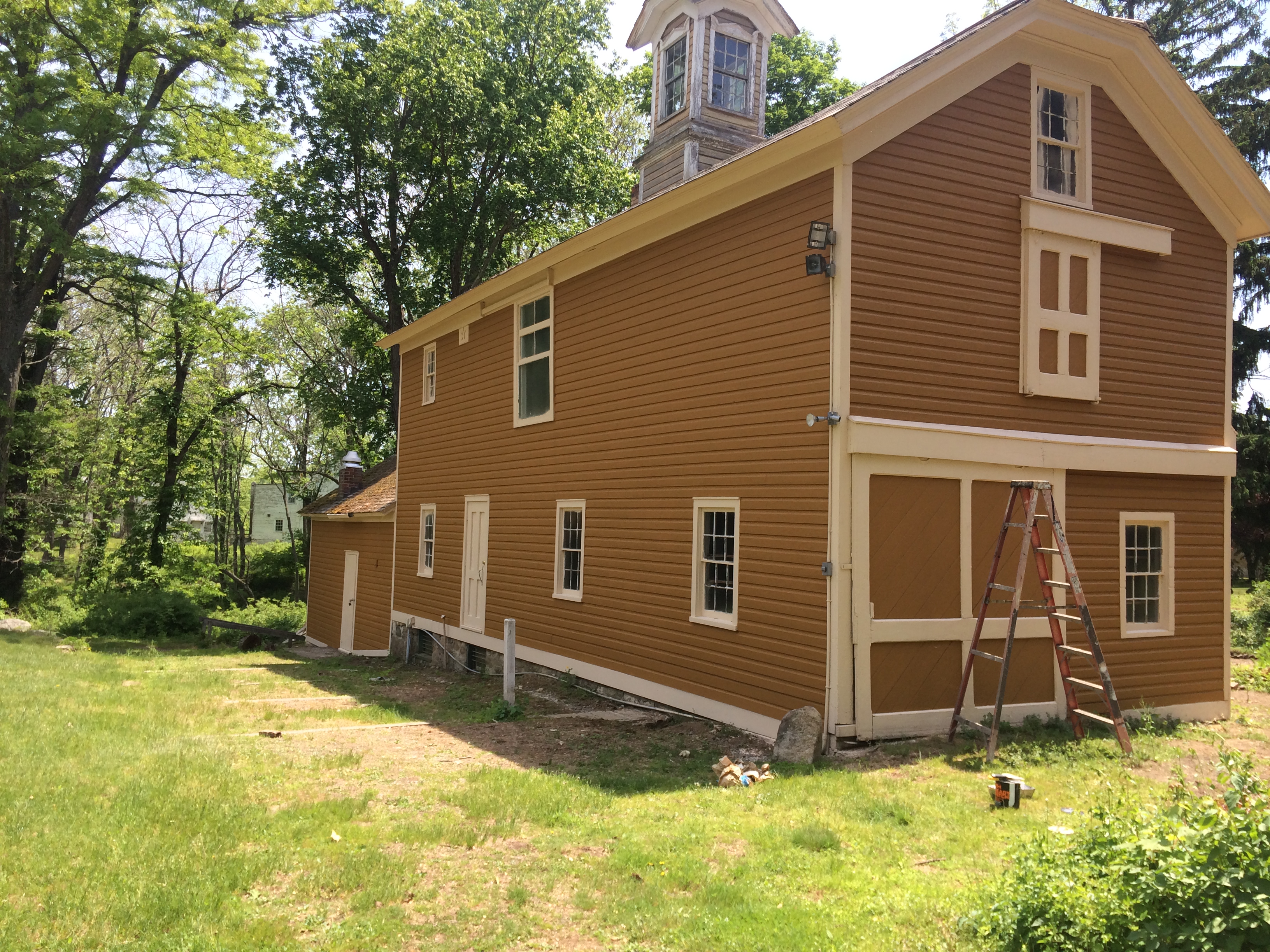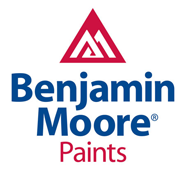Protecting Your Investment with a Professional Finish
Your commercial property is a significant investment, and its appearance directly impacts your brand’s reputation. A fresh, high-quality paint job not only enhances curb appeal but also protects the structure from the elements, especially in a place with diverse weather like Red Bank, New Jersey. However, not all painting contractors are created equal. Selecting the right commercial painting company is crucial for achieving a long-lasting, professional finish that adds value to your property. This guide will walk you through the essential factors to consider to ensure you partner with the best in the business.
Key Qualities of a Top-Tier Commercial Painting Contractor
When evaluating commercial painting companies, it’s about more than just a price quote. You are entrusting a team with a critical asset. Look for a contractor who demonstrates expertise, reliability, and a commitment to quality from the very first interaction.
1. Extensive Experience and Specialization
A seasoned contractor brings invaluable knowledge to the table. A company with a long history in New Jersey, like Spectra Painting’s decades of service since 1989, understands local building materials, weather patterns, and environmental regulations. Their experience extends to various types of projects, from industrial facilities and retail spaces to offices and historic buildings. Specialized services are also a key indicator of expertise. Look for companies proficient in techniques beyond standard painting, such as sandblasting for surface preparation, electrostatic coatings for metal surfaces, and waterproofing to protect your structure.
2. Proper Licensing and Full Insurance Coverage
Never hire a painting contractor without verifying their credentials. A professional company must hold a valid New Jersey Home Improvement Contractor license and carry comprehensive liability insurance and workers’ compensation. This protects you, your property, and their employees from any potential accidents or damages. Ask for proof of insurance before signing any contracts. Reputable contractors will gladly provide this documentation, giving you peace of mind that you are working with a legitimate and responsible business.
3. A Strong Portfolio and Verifiable References
A picture is worth a thousand words. A professional painting company should have an extensive portfolio showcasing their completed projects. Review their gallery to assess the quality of their work and see if they have experience with properties similar to yours. Don’t hesitate to ask for a list of references from past clients, particularly other property managers or business owners in the Red Bank area. Speaking with previous customers provides direct insight into the contractor’s professionalism, timeliness, and the durability of their work.
Beyond the Brush: Specialized Services to Look For
A truly comprehensive commercial painting contractor offers more than just applying paint. These advanced services address specific needs and ensure a superior, long-lasting result.
- Electrostatic Painting: Ideal for metal fixtures, railings, fences, and machinery, electrostatic painting provides a smooth, factory-like finish with minimal overspray. It’s an efficient process that wraps paint around the object for complete coverage.
- Historic Restoration: Painting historic properties requires a delicate touch and deep knowledge of period-appropriate materials and techniques. Look for contractors with specific experience in historic restoration to preserve the integrity and value of an older building.
- Industrial Coatings: Industrial environments demand durable, resistant coatings that can withstand chemicals, high traffic, and harsh conditions. An expert contractor can recommend and apply fire-retardant, anti-slip, and corrosion-resistant coatings.
The Red Bank Advantage: Why Local Expertise Matters
Choosing a local Red Bank area painting company offers distinct advantages. A local contractor understands the specific challenges posed by New Jersey’s climate—from humid summers that can affect paint curing to harsh winters that test the durability of exterior coatings. They are familiar with local suppliers, ensuring access to the best materials without delays. Furthermore, a local company has a reputation to uphold within the community. They are more accountable and invested in delivering exceptional results for their neighbors. When you hire a local professional, you’re not just getting a service; you’re gaining a partner dedicated to maintaining the beauty and integrity of your community.
Did You Know?
The color of a commercial building can influence customer psychology. For instance, blue often evokes feelings of trust and security, making it a popular choice for financial institutions, while green is associated with health and tranquility, often used for wellness centers. A professional painting contractor can provide a color consultation to help you choose a palette that aligns with your brand identity and business goals.
Ready to Transform Your Commercial Property?
Don’t leave your property’s appearance to chance. Partner with a trusted, experienced, and professional commercial painting company in New Jersey. Spectra Painting has been delivering exceptional results for commercial, industrial, and residential clients since 1989.
Frequently Asked Questions
How long will a commercial painting project take?
The timeline for a commercial painting project varies depending on the size of the property, the scope of work (interior/exterior), the extent of surface preparation required, and weather conditions. A professional contractor will provide a detailed project schedule with clear milestones after the initial consultation.
Will the painting process disrupt my business operations?
Experienced commercial painting companies are skilled at working around your schedule to minimize disruption. Many offer flexible hours, including nights, weekends, and holidays, to ensure your business can continue operating smoothly. They will also implement containment strategies to keep work areas clean and safe.
What kind of paint do you use for commercial properties?
The type of paint used depends entirely on the surface and the environment. Professionals use high-quality, durable commercial-grade paints and coatings from reputable manufacturers. This includes low-VOC and no-VOC options for interiors, and specialized elastomeric or epoxy coatings for exteriors and high-traffic areas to ensure maximum longevity and protection.
How important is surface preparation?
Surface preparation is the most critical step for a lasting paint job. It ensures proper adhesion and a smooth finish. This can include power washing, scraping old paint, sanding, caulking cracks, and applying primer. A professional company will never cut corners on surface prep, as it’s the foundation of a high-quality result.






